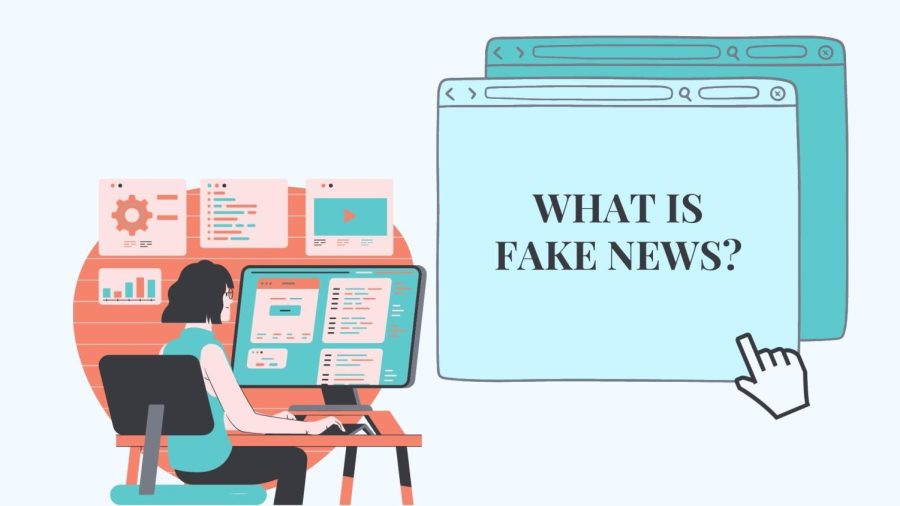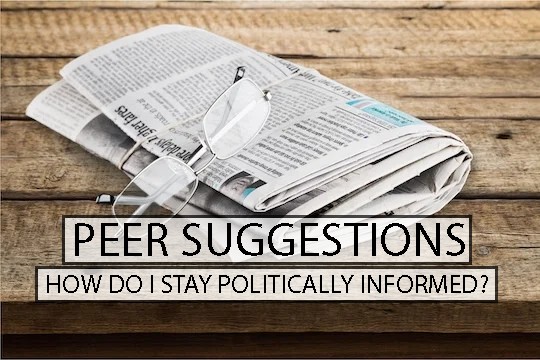What is Fake News?
Welcome to the second article in this three-part series discussing important terms everyone should know. If you haven’t read the first article in this series about misinformation, please check it out because learning about fake news will be easier with the previous article’s information.
Fake news is not a new problem, but it has lost some of its meaning because of the recent overuse and misuse of the word. However, fake news is still a problem, and it is spread far more quickly because of social media and the internet. Dictionary.com defines fake news as “false news stories, often of a sensational nature, created to be widely shared or distributed for the purpose of generating revenue, or promoting or discrediting a public figure, political movement, company, etc.” While people who share misinformation don’t have specific motives, fake news is centered around fabricated information specifically made to deceive. Fake news is dangerous because it presents lies as news. Pieces of fake news can take the form of manipulated photos, videos, audio, and stories.
So how can mindful media consumers avoid being misled and misleading others in a world filled with fake news? Dr. Joshua Smith, a guest lecturer from Central Michigan University, had insightful advice on this topic. Dr. Smith emphasized that there are three options of how people can choose to react when presented with new information. Most people default to “I don’t believe it” or “I do believe it.” However, as Dr. Smith pointed out, there is a third and wiser reaction; it is perfectly acceptable to say, “I don’t know.” Americans have been defaulting to an “us versus them” mentality, leading to division, the perfect breeding ground for more fake news. So instead of immediately taking a side when presented with new information, people would be better off taking the middle ground until they can collect more information and make a more informed decision.
There is also a helpful resource called TinEye, that is a useful tool to help fight against fake news in the form of pictures. This website can “reverse image search” photographs. Simply paste the picture or the image’s URL into the search bar, and TinEye will list all the websites that use the picture. People can use TinEye for many purposes, including copyright infringements, but the website says one of its uses is “image recognition for content moderation and fraud detection.” An important note is that you might have to go to the last page of the search results before finding the original photograph. When I used this website, I had to go to the last page of the search results before discovering that the questionable photo I searched was manipulated and learned it was originally three separate pictures.
I hope that the information and strategies in this article will help you make educated decisions when presented with new or questionable information. Please leave any thoughts or comments below! I hope you come back to read the third and final article of this series about the lesser-known term disinformation.













Molly Simpson // Apr 11, 2022 at 6:53 pm
Amazing work, Abby!